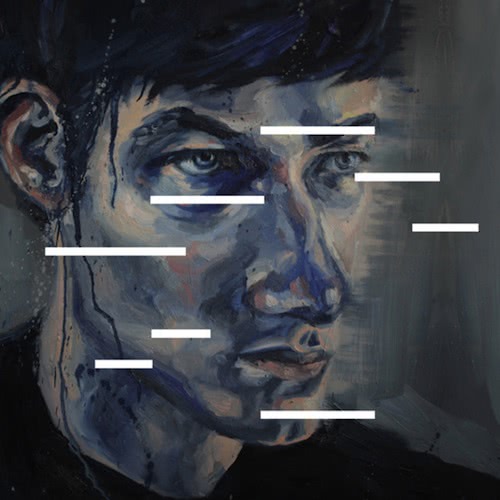William Doyle began working on his East India Youth project after leaving the guitar-pop quartet, Doyle & The Fourfathers. The artist decided to pursue his “fringe interest” by making electronic music. For a project that began as a last resort, East India Youth’s Total Strife Forever is a success.
‘Glitter Recession’ follows recent electronic trends by combining heavy arpeggiated synthesisers with block piano chords. This effective way of opening the record immediately engages the listener for the journey ahead – that is, an album spanning deep techno, electro-pop, orchestral inspired ambience, and festival-friendly dance.
‘Hinterland’ uses a 90s infused synth melody and complex electronic hi-hat combinations to create stomping, jungle-flavoured techno. It sums up Total Strife Forever as a truly experimental album by a producer intent on recording his ideas before the next one hastily arrives.
Radio-friendly highlight ‘Heaven, How Long’ breaks the record’s trend by bringing vocals to the forefront. The production utilises the voice as an instrument by adding to the intricate sound rather than defining it with challenging lyrics. It is a refreshing way to help showcase the electronic complexities hidden underneath apparent pop simplicity, and is a song that gradually envelops its listener.
That said, while the tracks ‘Total Strife Forever I, II, III, IV’ are obvious chapters within the record, they seem to overwhelm with a sea of electronic orchestral noise. They are not distinctive enough to be considered tangible threads for the various themes, and instead slow the record’s momentum.
As he matures as an electronic musician, Doyle should consider shifting his focus to one style in order to produce a record with greater continuity. Overall, cleverly multi-layered songs with dramatic dynamics and interesting structures make Total Strife Forever a unique record.
Listen to ‘Heaven, How Long’ from Total Strife Forever here:
Love Music?
Get your daily dose of metal, rock, indie, pop, and everything else in between.

































